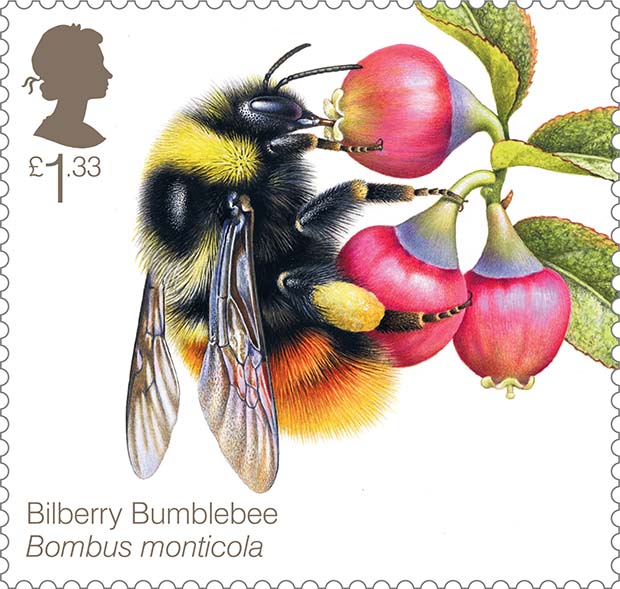After a decade of intense research on the problems affecting bees, we gain clarity over the once blurry picture of confounding factors that included parasites, pathogens, pesticides, lack of food, and others stressors. On the one hand is it obvious that all those factors contribute to the problems observed. On the other, it has become evident that neonicotinoids (and insecticides like fipronil and perhaps others not yet identified) play a crucial role as the promoters of pathogen and parasite infections that effectively drive colony losses. In other words, these systemic insecticides are the ultimate cause of this complex crisis of honey bee health. Because the cascade of effects prompted by neonicotinoids involves irreversible biological pathways that are not observable until after death (e.g. diseases), it has taken a long time to unravel the mechanisms involved in the chronic intoxication by these insecticides. What happens with honey bees and bumble bees however, may also be happening with other pollinators such as our butterflies and hoverflies, and likely impacts predatory insects and parasitoids too, as all of them are exposed to sublethal doses of neonicotinoids in agricultural environments. The impact that these systemic insecticides are having on the ecosystems built upon these myriad insects may thus compromise the sustainability of our agricultural production.
Source:
Francisco Sánchez-Bayo & Nicolas Desneux (2015) Neonicotinoids and the prevalence of parasites and disease in bees, Bee World, 92:2, 34-40

- Login om te reageren
